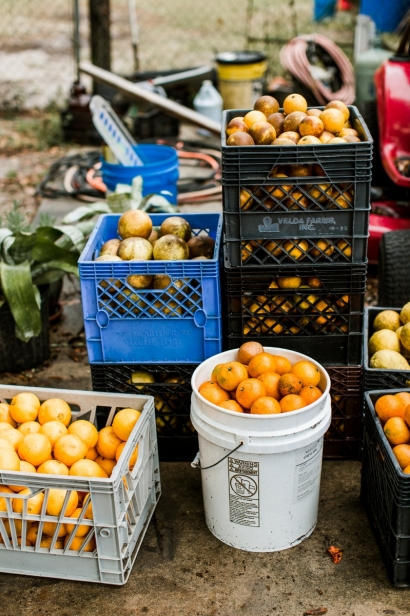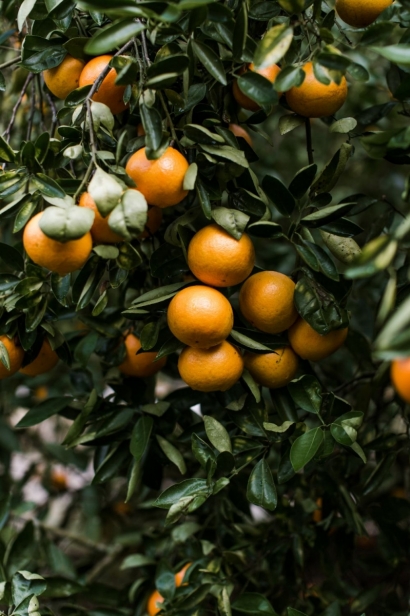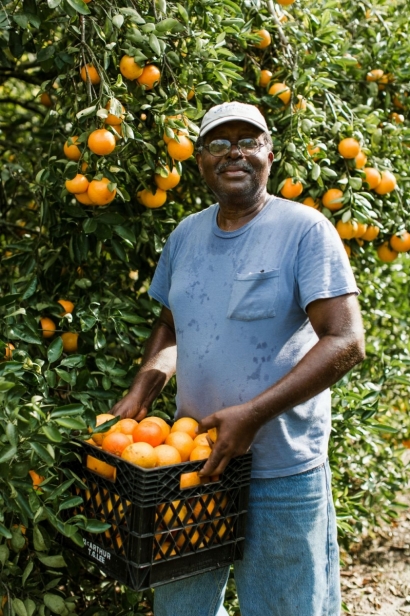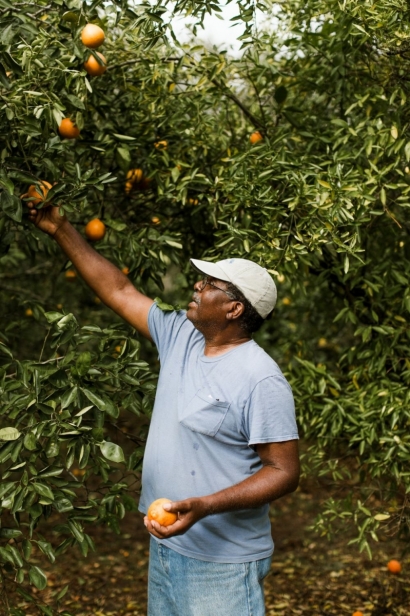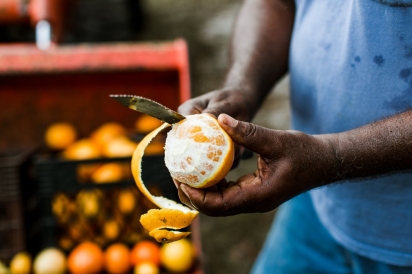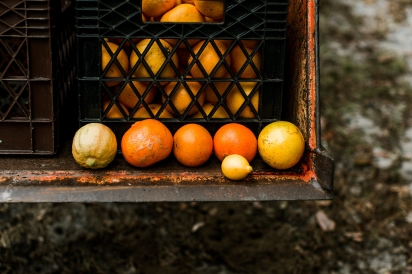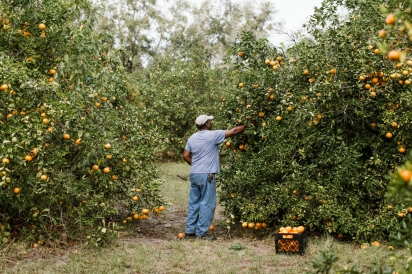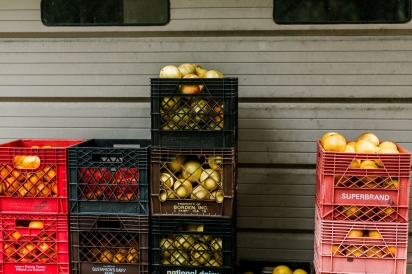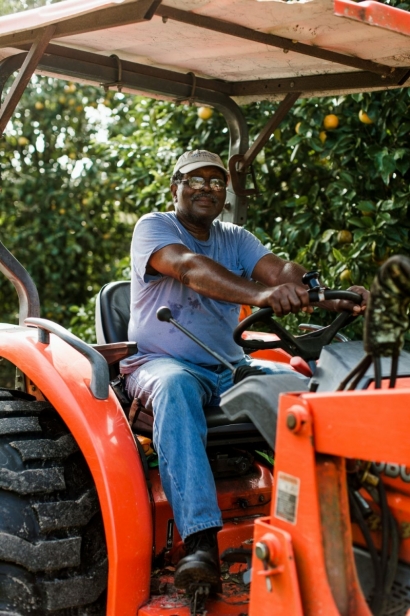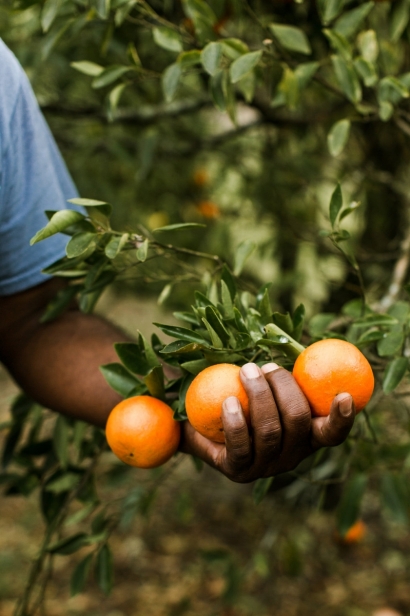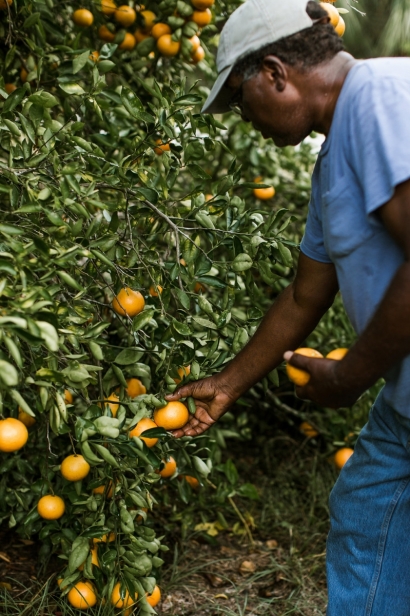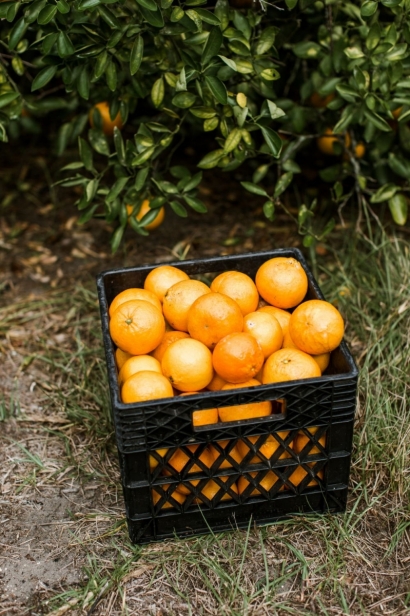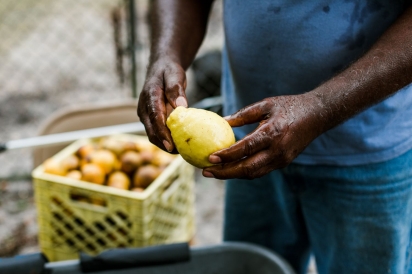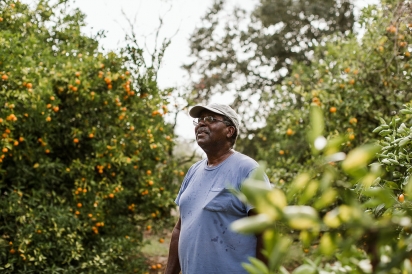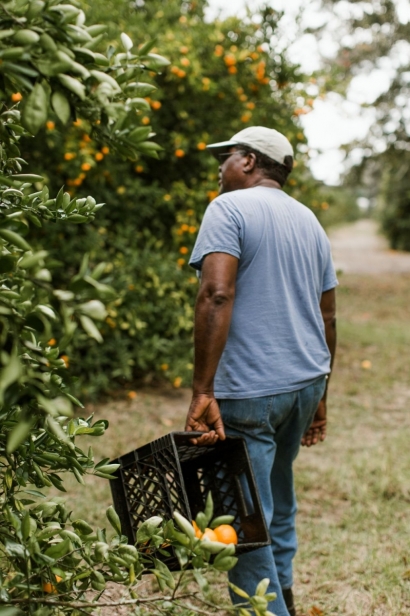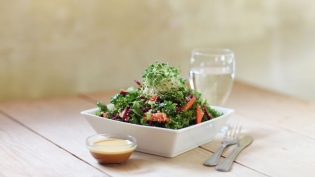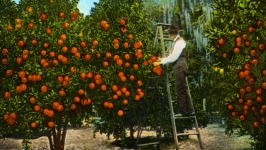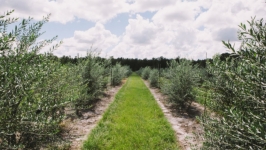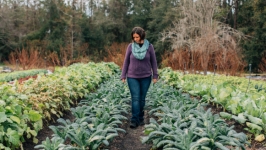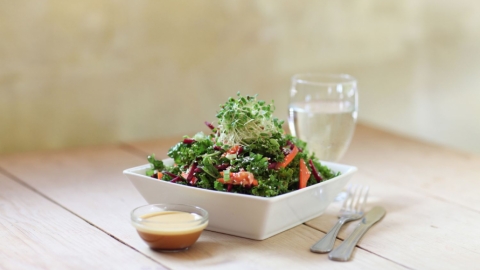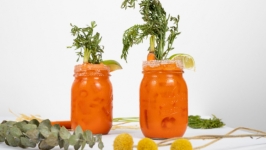Attack of the Yellow Dragon: Is Florida's Citrus Industry Doomed?
If there were a contagious disease as deadly to humans as greening is to citrus, grocery stores’ bottled water aisles would be empty and we’d be stockpiling canned goods in underground bunkers. In less than a decade, the disease has crippled Florida’s citrus industry, and neither farmers nor scientists can catch up as it marches across the country.
The scientific name is Huanglongbing (HLB, or yellow dragon disease). It can affect all citrus, but our iconic state fruit, the orange, is its punching bag. The Asian citrus psyllid spreads this bacterial disease as it feeds on the green shoots of a tree. These tiny bugs were first seen in Florida almost 20 years ago; shortly afterward, citrus greening was detected in 2005. And this scourge of citrus groves is now found in every county of the state.
Huanglongbing is not harmful to humans. The same can’t be said for citrus. There is no cure for trees once they contract the disease.
Heavy into research mode for this article, I started to fret about our grove. Master gardeners, we are not. The neat little row of trees (a grapefruit, a lemon and two orange) in our side yard is tended using the latest laissez-faire methods. We plant something, maybe fertilize once a year if somebody thinks to, prune at the wrong time and still hope for high yields. The lemon tree never cared either way. We are always overrun with lemons—enough for us, extended family and most of the residents of St. Johns County. (Pro tip: Juice lemons into ice cube trays and freeze for later use!)
This year the lemon and the grapefruit trees suffered, though. Was it citrus greening? Sad-looking fruit and blemished green leaves pushed me to Southern Horticulture, hoping the folks there could help.
I thrust cuttings from both trees (and two pathetic lemons for good measure) at the first friendly face I saw at the St. Augustine organic garden center. Longtime employee Beth Levine was judgment free. We pored over the pamphlets on citrus greening and compared the photos with my offerings. “Blotchy mottle” would be an excellent name for a punk band, but on a citrus tree’s leaves it is not ideal and a key diagnostic symptom of HLB.
Homeowners concerned with citrus greening on their property can contact their local county extension office or bring in samples, too. For nearly a century the University of Florida has maintained the Citrus Research and Education Center (CREC) facility in Lake Alfred. It recently published a comprehensive guide to HLB for Florida homeowners. Gary England, the regional specialized extension agent/director at the UF/IFAS Hastings Extension, shared it with me.
“There is no significant commercial citrus acreage in Northeast Florida,” England said. But there remain a handful of smaller growers in our region, including San Mateo’s Cecil Nelson. Nelson and his wife, Stella, have maintained 10 acres of citrus on their Putnam County property east of Palatka near the St. Johns River for 30 years.
Growing citrus, like all farming, is subject to weather conditions and market volatility. Nelson was not adversely impacted by Hurricane Matthew; in fact, he wishes it had dumped a little more rain on his property. During harvest season, he sells upwards of 25 varieties of citrus. He entices customers with fruit samples laid out on platters at the Beaches Green Market in Jacksonville Beach and the Union Street Farmers’ Market in Gainesville.
By his own admission, Cecil Nelson is “an old guy, but I don’t just sit around watching TV,” he said. At 72, he works his land himself, with a couple of helpers in the high season. He gets his information about HLB from trade magazines and attends the yearly Citrus Expo held in Fort Myers. From the look of the 2016 expo agenda, a range of subjects was covered but the hottest topic by far was HLB and how to manage it.
Regarding the Asian citrus psyllid, Nelson said “as long as he’s on the leaf of the tree, I can deal with him.” But “once it gets into the roots…” his voice trailed off. Nelson estimated he has removed less than 10 trees due to HLB. When he pulls a tree, it goes straight to the burn pit. What Nelson knows is that the disease works into the phloem (the tree’s main artery) and causes issues with nutrient uptake. Once infected, a tree starves. Its growth is stunted, the fruit stays partially green, may be misshapen, drop early and tastes bitter. The tree dies within 3–5 years.
Fighting citrus greening is challenging, and not cheap. The cost to manage an acre of citrus has skyrocketed. Grants are available to help, and there are tax incentives for growers to replant trees that have been removed. Researchers frantically seek a breakthrough, but compared to how fast HLB has infected 90% of citrus acreage in Florida, these efforts do not amount to much. Like an oncologist diagnosing a patient with advanced skin cancer, handing him a Hello Kitty Band-Aid and calling out “Good luck!” as she shows him out the door.
Some of the latest conventional methods of dealing with HLB include developing resistant plant varieties (genetic modification) and applying large amounts of antibiotics to distressed trees. Scientists are finding small successes with using sound waves to hijack the psyllid’s mating signals,employing dogs to early-detect the presence of the disease and utilizing heat therapies like shiny metalized reflective mulch and tenting trees in order to kill bacteria and promote growth.
California growers and industry experts can feel the yellow dragon breathing down their necks. HLB has not shown up in commercial groves there yet, and despite the catchy hashtag campaign #citrusmatters, it is likely just a matter of time. It has already been found in residential areas. Authorities there are concentrating efforts on disease awareness, improving picking practices and quarantining areas affected. They all but beg homeowners to properly dispose of diseased trees, even offering to remove them for free.
The verdict on the trees in our yard? Southern Horticulture’s Levine had good news and bad news. The grapefruit tree was, as she put it, “nutrient deficient” and she directed me to good fertilizer. She stressed being aware and proactive, and to “try to keep your trees as healthy as possible.” Not so lucky was the lemon tree—its leaves looked “suspicious.” We will pull it out.
Check your own trees. It is not the law to remove an affected tree, but it’s not the law to cover your mouth when you sneeze either. It’s just the right thing to do.
Most of Florida’s oranges are destined for juice processors, most of California’s for eating. We are the world’s second-largest juice-orange producer (behind Brazil) and OJ prices are at an all-time high. These days, tastes have changed as folks cut back on sugar/ calorie intake and find many alternative beverage choices.
HLB is the easy target to blame, but freezes, hurricanes and rampant land development are also culpable. For all of these reasons, farmers in Florida have been abandoning citrus and trying other crops like peaches, blueberries, olives, figs and pomegranates. The largest private landowner in the state, Deseret Ranches, has 1,600 acres of citrus, but announced last fall due to greening they will shift out of citrus production and transition that land to cattle.
Right before HLB’s stranglehold, in 2003–04, Florida produced 242 million (90-pound) boxes of oranges. Florida is on pace to have the smallest orange harvest here in over 50 years as estimates for the 2016–17 crop are for 72 million boxes, a 14% drop from the 2015–16 season. In a recent worst case scenario prediction, economists projected that Florida orange production could plunge to only 27 million boxes in 10 years.
More than a threat to our brunch mimosas, at stake here is a $10 billion industry. We are talking about the livelihoods of farmers, some of whom have been in citrus for three or four generations. If citrus collapses here, the losses ripple out to tens of thousands of jobs in picking, processing, transportation, marketing and more.
Huanglongbing has pummeled the worldwide citrus industry. It now stands poised with a fist cocked, and if inroads are not made and made soon, it will deliver a knockout blow to Florida. Hopefully citrus and its champions can fight back.



